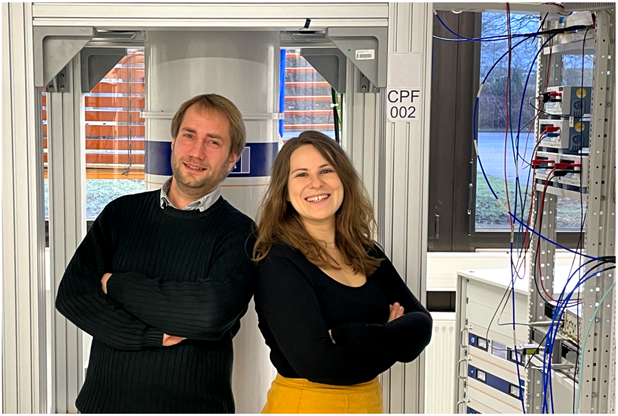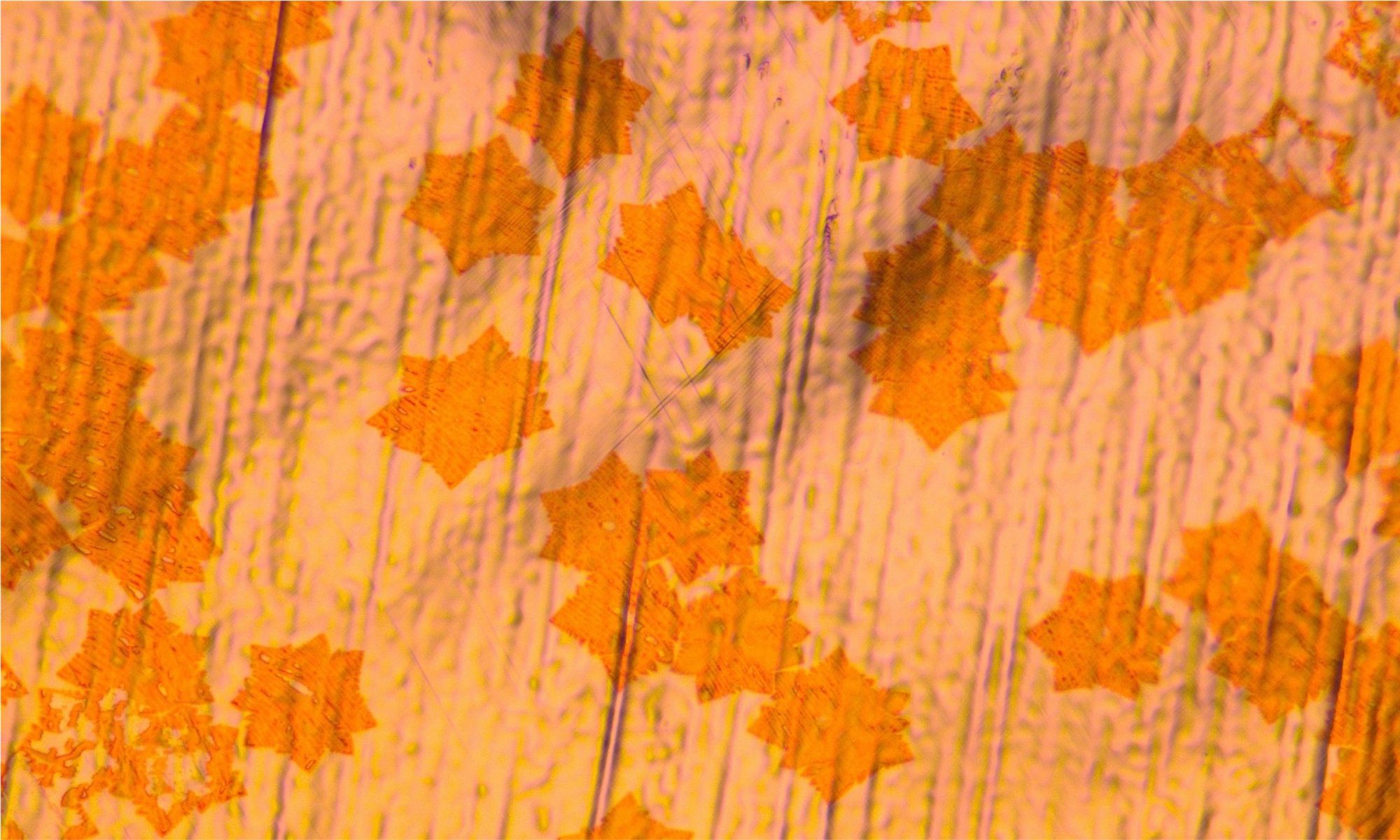In a recent study published in Nature Communications, researchers from RWTH Aachen University and Forschungszentrum Jülich have reported the observation of coherent charge oscillations in bilayer graphene quantum dots. This marks a significant milestone on the way to spin and valley qubits in a two-dimensional material system.

Bilayer graphene, with its highly tunable band structure, has recently emerged as an interesting platform for hosting quantum dots and for developing spin and valley qubit. Until now, however, coherent dynamics in bilayer graphene quantum dots have not been observed. Katrin Hecker and colleagues in the team of Christoph Stampfer at RWTH Aachen University have investigated what could be called a “charge qubit” in bilayer graphene, i.e. a double quantum dot tuned in the regime where only one excess electron can be hosted in the system – either in the left or in the right dot, or the left and the right dot simultaneously, in a coherent superposition of the two charge states.
Actually, the goal of Hecker and coworkers was not the realization of a “charge qubit” itself – a concept that is known to have little practical applicability – but the proof-of-concept demonstration of the coherent dynamics in the system. To do this, this they applied high-frequency voltage pulses to shuttle the electron back and forth between the two dots and looked for fingerprints of coherent dynamics in the tiny current flowing through the system. “The advantage of studying charge qubits is that they can be manipulated using only electrical pulses,” explains Hecker. “In this way, we have been able to observe coherent charge oscillations in bilayer graphene quantum dots for the first time, which is a significant milestone for the field.”
The team focused in particular on two types of experiments: photon-assisted tunneling and Landau-Zener-Stückelberg-Majorana interferometry. Both types of measurements yielded average decoherence times of the charge qubit in the range of 400–500 picoseconds, which compare well with those reported in advanced quantum dots in GaAs. Such a result was not a priori obvious because charge qubits are extremely sensitive to charge fluctuations and, while quantum dots in conventional semiconductors are buried well below the dielectric interface, those in bilayer graphene are in direct contact with their dielectric (formed by crystals of hexagonal boron nitride), which makes them extremely sensitive to any kind of charge traps at the interface or in the dielectric itself. “These results are an important sanity check for us, as they indicate that our fabrication technology allows for systems with very low intrinsic charge noise, which is a necessary prerequisite for realizing spin qubits with long coherence times, since charge noise could also affect the spin via spin-orbit interaction”, says Christian Volk, a senior researcher involved in the study.

The results have been published open access in Nature Communications.
Bibliographic Information:
Coherent charge oscillations in a bilayer graphene double quantum dot.
K. Hecker, L. Banszerus, A. Schäpers, S. Möller, A. Peters, E. Icking, K. Watanabe, T. Taniguchi, C. Volk & C. Stampfer
Nature Communications 14, 7911 (2023).
https://doi.org/10.1038/s41467-023-43541-3
